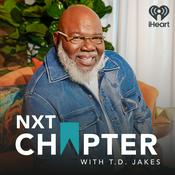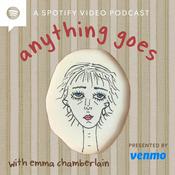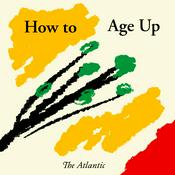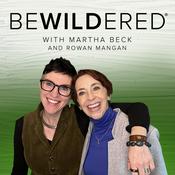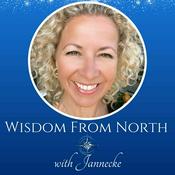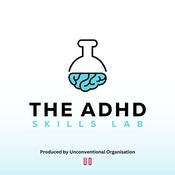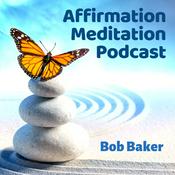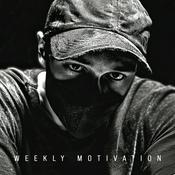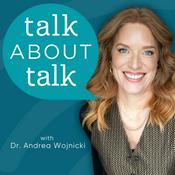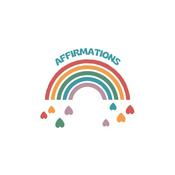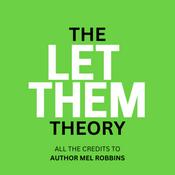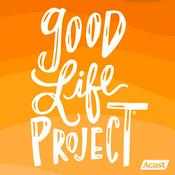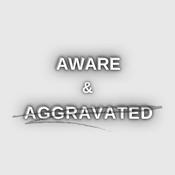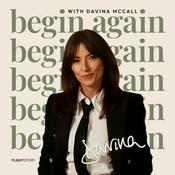Available Episodes
5 of 1299
- Kittiwake, KittiwakeNamed for its rhythmic calls, the Black-legged Kittiwake is a dapper, oceanic gull. As described by Roger Tory Peterson, the tips of its pale gray wings "are cut straight across, as if they had been dipped in ink." Unlike many gulls, kittiwakes spend most of the year at sea and are seldom seen inland.More info and transcript at BirdNote.org.Want more BirdNote? Subscribe to our weekly newsletter. Sign up for BirdNote+ to get ad-free listening and other perks. BirdNote is a nonprofit. Your tax-deductible gift makes these shows possible. Hosted by Simplecast, an AdsWizz company. See pcm.adswizz.com for information about our collection and use of personal data for advertising.--------1:45
- Andean Condors Sail the WindThe Andean Condor is one of the largest flying birds in the world. With a wingspan that can stretch over 10 feet across, the condor doesn’t flap so much as sail, using rising thermals to glide across the Andes for hours. Once revered in Inca mythology as a messenger of the gods, the Andean Condor now graces the coat of arms of Bolivia, Chile, Colombia, and Ecuador. But like many scavengers, condor populations are declining due to threats like lead poisoning and habitat loss.More info and transcript at BirdNote.org.Want more BirdNote? Subscribe to our weekly newsletter. Sign up for BirdNote+ to get ad-free listening and other perks. BirdNote is a nonprofit. Your tax-deductible gift makes these shows possible. Hosted by Simplecast, an AdsWizz company. See pcm.adswizz.com for information about our collection and use of personal data for advertising.--------1:45
- Sandhill Crane Families Stick TogetherSandhill Crane families form a close bond. A pair of adults might travel north with their young from the previous summer, along with grown-up offspring from several years ago. After the breeding season, families will stick together for the journey south and the winter, even in large flocks. The parents often remain together for the rest of their lives.More info and transcript at BirdNote.org.Want more BirdNote? Subscribe to our weekly newsletter. Sign up for BirdNote+ to get ad-free listening and other perks. BirdNote is a nonprofit. Your tax-deductible gift makes these shows possible. Hosted by Simplecast, an AdsWizz company. See pcm.adswizz.com for information about our collection and use of personal data for advertising.--------1:41
- Seabirds, Trees and CoralPalmyra Atoll is a ring-shaped island encircling a lagoon in the South Pacific. The atoll lost many native trees due to U.S. military activity during World War II. Conservationists have worked to restore the ecosystem. Seabirds such as Black Noddies and Red-footed Boobies nest in the island’s rainforest. Their guano enriches the soil, and the soil’s nutrients help support the coral ecosystem that provides fish for the birds.More info and transcript at BirdNote.org.Want more BirdNote? Subscribe to our weekly newsletter. Sign up for BirdNote+ to get ad-free listening and other perks. BirdNote is a nonprofit. Your tax-deductible gift makes these shows possible. Hosted by Simplecast, an AdsWizz company. See pcm.adswizz.com for information about our collection and use of personal data for advertising.--------1:45
- Museum Eggs Help Solve MysteriesThere are five million bird eggs stowed away in museums across the world — and the study of eggs, called oology, can give us great insight into birds. The link between DDT and the decline of Peregrine Falcon populations was identified in part using museum and personal egg collections, and this evidence helped lead to a ban on DDT. And today, Peregrines can still be seen zipping across the sky.More info and transcript at BirdNote.org.Want more BirdNote? Subscribe to our weekly newsletter. Sign up for BirdNote+ to get ad-free listening and other perks. BirdNote is a nonprofit. Your tax-deductible gift makes these shows possible. Hosted by Simplecast, an AdsWizz company. See pcm.adswizz.com for information about our collection and use of personal data for advertising.--------1:38
More Education podcasts
Trending Education podcasts
About BirdNote Daily
Escape the daily grind and immerse yourself in the natural world. Rich in imagery, sound, and information, BirdNote inspires you to notice the world around you.
Podcast websiteListen to BirdNote Daily, The Rich Roll Podcast and many other podcasts from around the world with the radio.net app
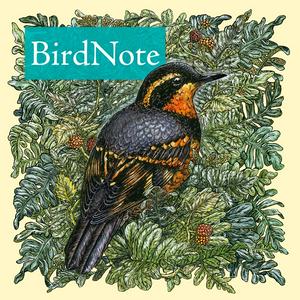
Get the free radio.net app
- Stations and podcasts to bookmark
- Stream via Wi-Fi or Bluetooth
- Supports Carplay & Android Auto
- Many other app features
Get the free radio.net app
- Stations and podcasts to bookmark
- Stream via Wi-Fi or Bluetooth
- Supports Carplay & Android Auto
- Many other app features


BirdNote Daily
Scan code,
download the app,
start listening.
download the app,
start listening.




